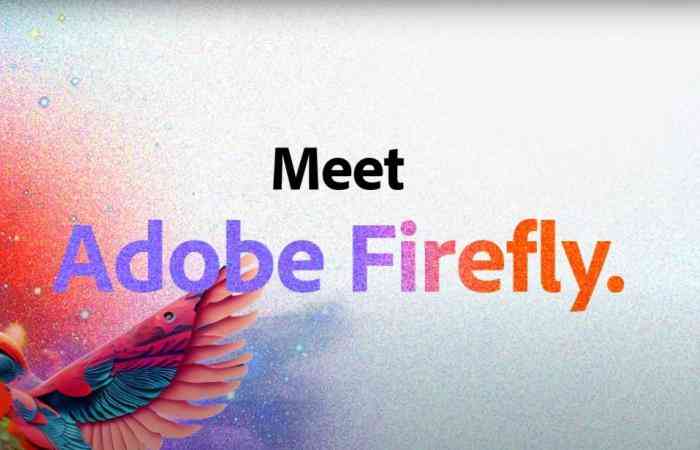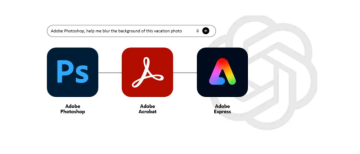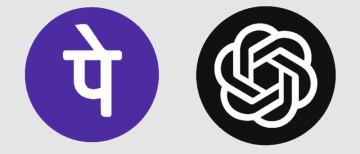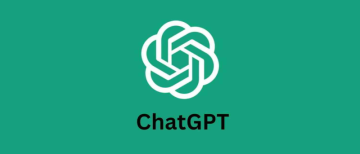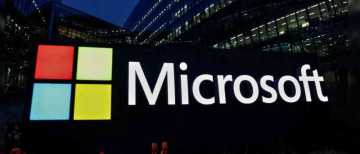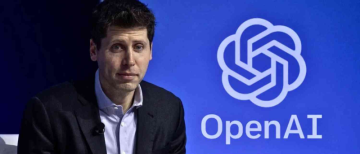Adobe's AI image generator is finally going live. The first two tools that make use of Adobe Firefly, a "family of creative generative AI models," are being released today by the company. One of the tools, similar to DALL-E or Midjourney, lets user type a prompt and get an image back. The other produces stylized text, similar to WordArt powered by AI. Adobe's debut here is significant. The company is at the center of the creative app ecosystem, but it has been on the sidelines for a lot of the past year as new players started offering powerful tools for making images, videos, and sounds for almost nothing. Firefly, which will only be accessible via a website at launch, will be referred to as a beta by Adobe. However, Adobe intends to ultimately tightly integrate generative AI tools into its Creative Suite, which includes Photoshop, Illustrator, and Premiere.

According to Adobe's VP of generative AI and Sensei, Alexandru Costin, "We're not afraid of change, and we're embracing this change." So that customers don't have to worry about whether or not a product is generative, we're embedding these capabilities directly into our products.
Adobe is introducing a significant change to its generative AI tools: It is one of the few businesses that is willing to talk about the data that its models are trained on. Additionally, Adobe claims that everything fed to its models is either licensed for training, out of copyright, or in the Adobe Stock library, which Costin claims Costin owns the rights to use. That is supposed to make Adobe's system less likely to upset artists and more secure for the brand. Costin mentioned, "Our model has never seen that brand content or trademark, so we can generate high-quality content instead of random brands' and others' IP."
:max_bytes(150000):strip_icc()/firefly1-4c00181c65c14e2e8fac659b778ec7df.jpg)
According to Costin, Adobe intends to compensate artists who contribute training data. That won't happen at launch, but before the system leaves beta, a "compensation strategy" will be created. Costin mentioned, "We're looking at various other options." Additionally, Adobe is attempting to make its AI tools simpler to use than those of most rivals. Adobe's built-in options for art styles, lighting, and aspect ratio seem like a more in-depth take on what Canva already offers, as opposed to having to type in a bizarre string of descriptors to style an image. Instead of having to create a new image each time you want to update the effect, you will also be able to apply those effects to an existing image. If you want, you can still type in custom options.) The text effect tool operates in a similar manner, with built-in options for the background color and effect size.
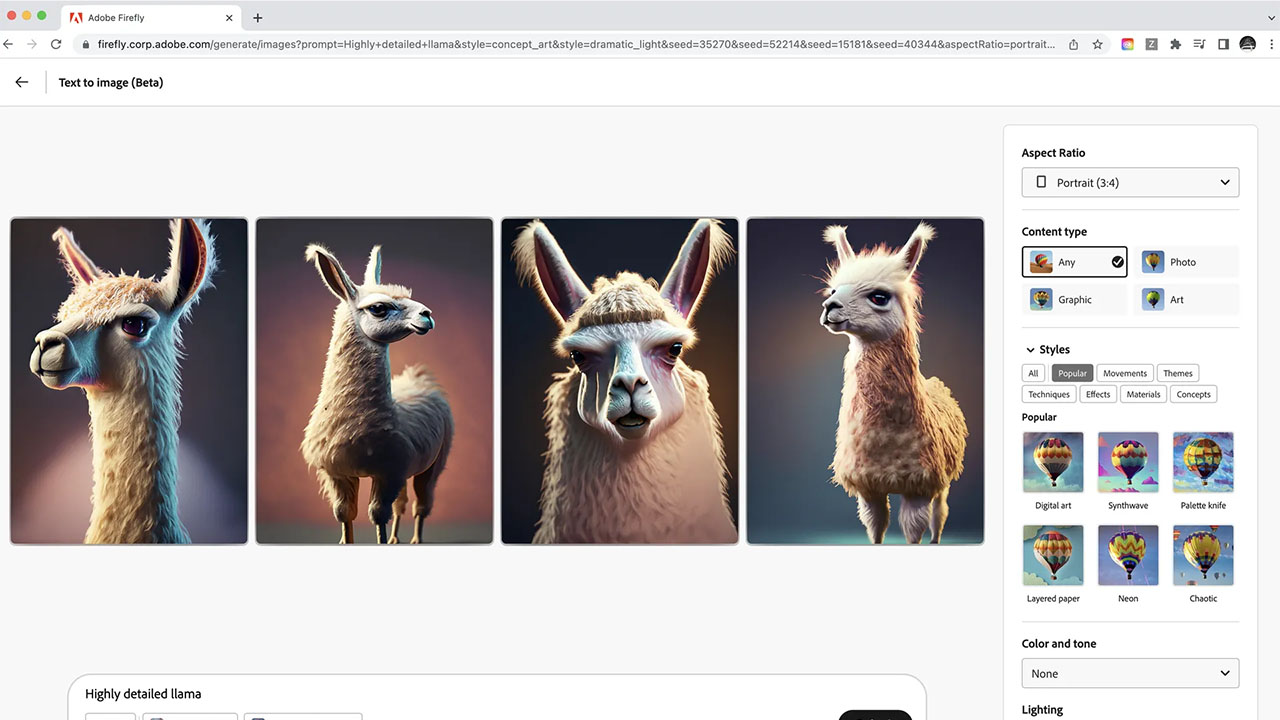
Adobe intends to eventually incorporate these generative tools into its various services and apps. Photoshop will feature outpainting that is generated by AI; On hand-drawn sketches, Illustrator will be able to produce vector variations; Moreover, all you need is an image prompt in Premiere to color grade or restyle an image. Although Costin claims that the company is working on these features, Adobe does not have a release date for any of them. Additionally, a planned Photoshop feature could cause controversy: Adobe wants artists to be able to train the system on their own work so that it can help them by producing content in the artist's own style. That has the potential for abuse; someone could train the system to replicate the style of another artist, according to Costin, and Adobe is considering how to deal with that. To catch potential art thieves, he suggested comparing uploaded images to Behance, Adobe's art-sharing social network. However, there is currently no final decision regarding its handling.
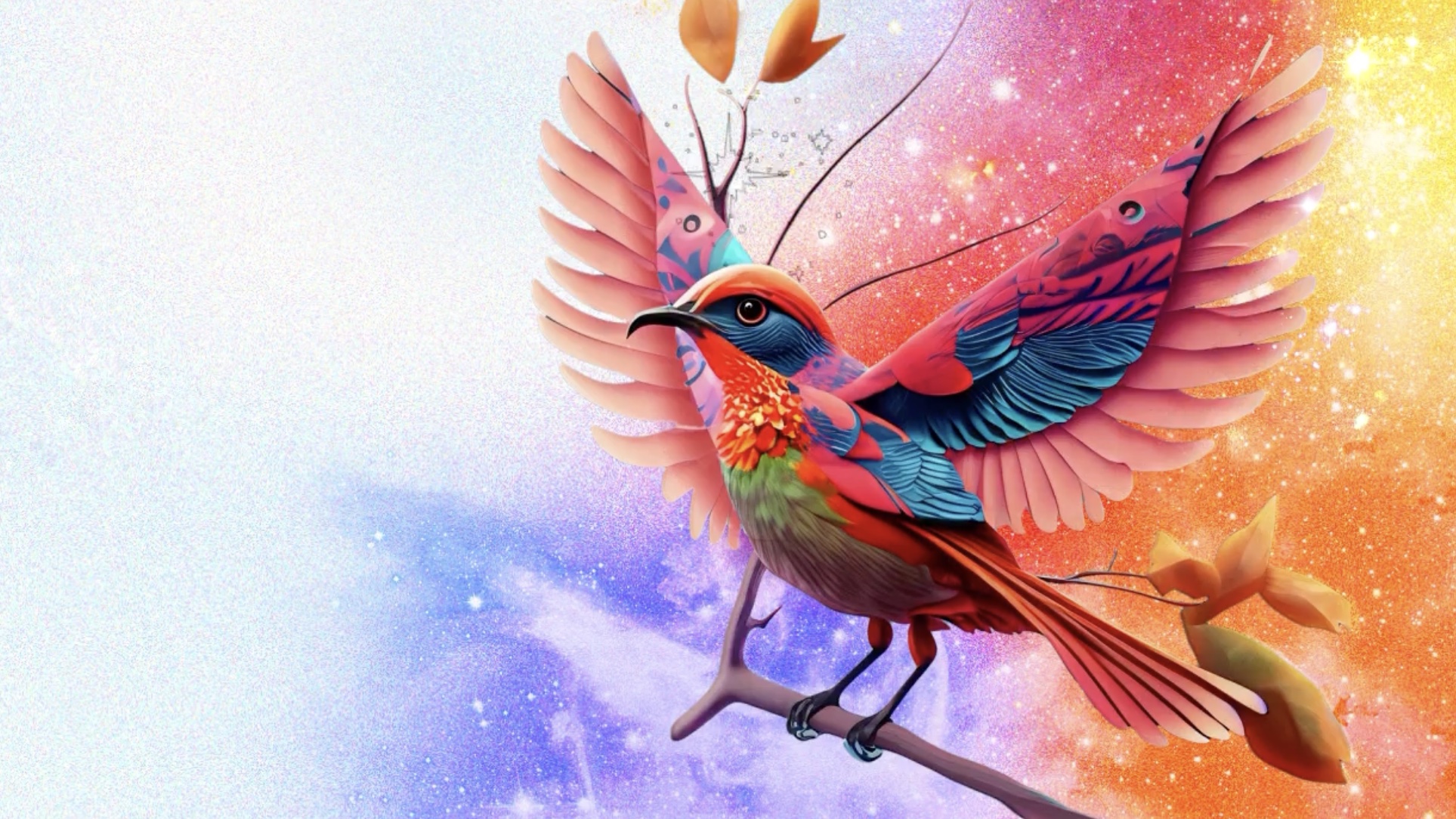
Offering artists a means to prevent AI from learning from their work is one way Adobe is attempting to prevent theft on a broader scale. It is working on a "Do Not Train" system that will allow artists to embed the request into the metadata of an image. If the creators respect the request, this could prevent training systems from looking at the image. While Costin stated that Adobe is in talks with other model creators, no other partners have agreed to respect the Do Not Train flag as of yet. He did not specify which ones. As a result, Adobe may be able to compete without any training. The image generator Stable Diffusion is made by Stability AI, which has already pledged to support artist opt-out requests submitted via the "Have I Been Trained?" feature. website. When an artist registers their work, it will be removed from the training data for the following major release of Stable Diffusion.
Beginning today, the public beta for Firefly's first two tools will be available. Adobe will limit the number of people who can participate in the beta, but you won't need to be a Creative Cloud subscriber to request access.
© Vygr Media Private Limited 2022. All Rights Reserved.

